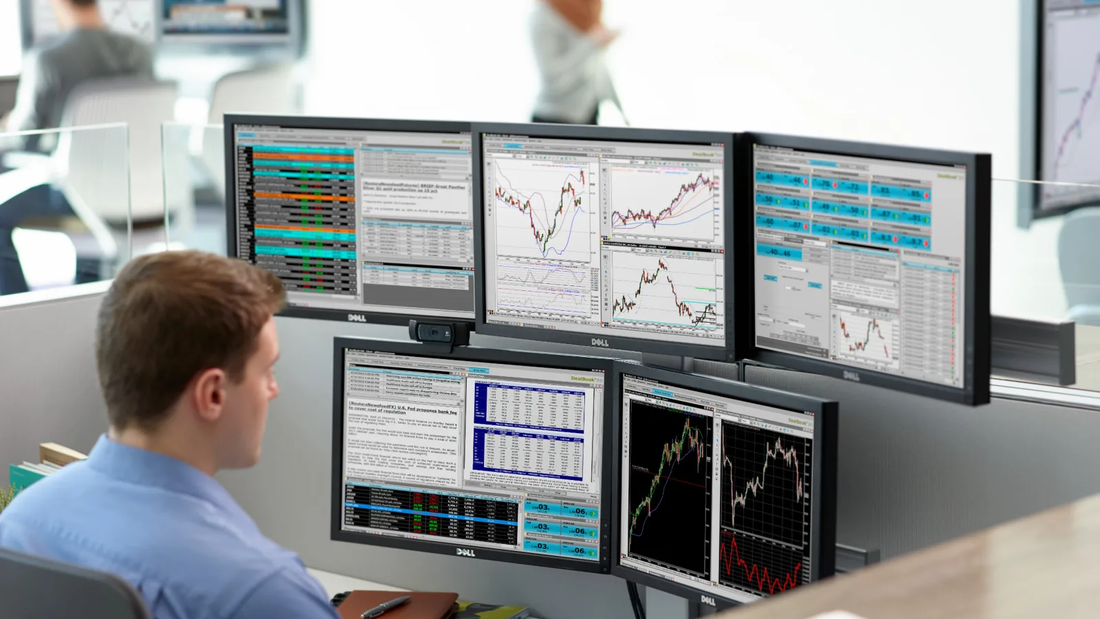Gaming Gold
Graphics cards are the point at which calculations for each pixel must be processed and rendered. This includes color, brightness, contrast, texture, shadow, and a variety of other characteristics that make an image seem realistic, and with 4K as the standard resolution for almost anything gaming related, that means 8.294m pixels must be rendered by the graphics card’s GPU at least 60 times each second, with that information transmitted to Red, Green, and Blue sub-pixels individually for each pixel. Aside from the fact that graphics cards are also used by crypto-currency miners to perform the millions of calculations necessary to generate bitcoin or other crypto-currencies, which keeps them in short supply, there is an intense competition between Nvidia (NVDA) and AMD (AMD) for supremacy in the graphics card market that pushes the envelope toward faster and more powerful graphics cards on an almost daily basis.
That said, none of that matters if you can’t see the game play accurately, and that is the ‘other’ gamer obsession, as gaming monitors have become a big enough category that display producers are designing panels specifically for the category, and monitor designers are following the trend by building gaming monitors that are focused on those characteristics that can give gamers even the slightest edge over their opponents. Traditional monitors, such as generic desktop displays are typically 17” to 21.5” and designed to be accurate for typical office functions, while those in the graphic design field tend to use larger and higher quality monitors that more accurately represent color. Gamers need more from their monitors, and that can mean bigger, higher resolution, and higher refresh rates, and in some cases a monitor that wraps around the gamer, helping peripheral vision and off-axis quality.
In years gone by gamers tried to use larger TV displays for gaming but found that they were unable to match the necessary resolution, refresh rates, and other characteristics that were necessary for gaming, and were forced to use monitors designed for graphics processing, a better but not ideal solution. But as gaming became more popular and the COVID pandemic kept folks indoors, monitor manufacturers realized that they could design a premium priced monitor specifically for gamers that would not require major factory retooling or technology that was beyond the reach of most panel and monitor producers. Now gaming monitors up to 65” have become available, for a price, with many selling out quickly upon release, despite their high cost, as gamers look to edge out the competition and keep themselves from becoming fatigued after hours of game play.
In that regard, Samsung (005930.KS) has just released pricing on its 55” Odyssey Ark 4K UHD Quantum Dot/Mini-LED curved gaming monitor (LS55BG970NNXGO), a 55” monster that can swivel between typical landscape mode and vertical mode, and has a refresh rate of 165Hz, according to Samsung, the highest for that size monitor available, along with a response time of 1ms. At 1,000 nits, the display is considerably brighter than most, due to the Mini-LED array, and has a curvature of 1000R, which would be the curvature of a circle with a 39” radius, and includes Samsung’s gaming hub, which allows gamers to play through the cloud rather than through a dedicated game. The gamer is also able to adjust the aspect ratio and screen size to best fit particular games while allowing for multiple image sources. Of course this does not come cheap at $3,500 and will not by itself move the needle closer to the 20m gaming monitor units expected this year (up from 7.7m in 2019), but it sets the bar a bit higher for gaming monitors, a challenge that LG Electronics (066570.KS) will take up with an update to its gaming monitor line based on OLED displays, which it insists are the highest possible quality for gaming. Their 48” version sells for $1,500 but has no curvature. Let the games begin… or continue.






 RSS Feed
RSS Feed